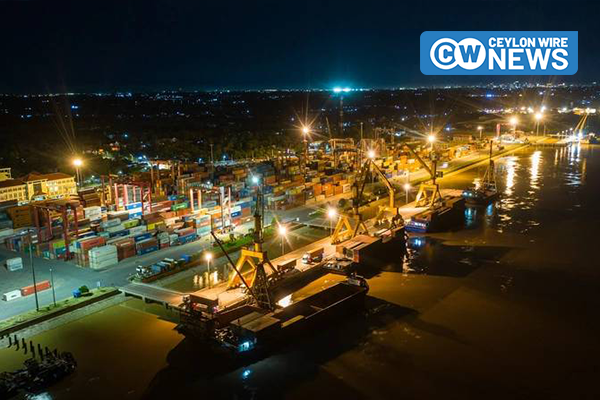The Funan Techo Canal project, spanning 180 km and terminating in the coastal province of Kep near the Vietnamese border, is anticipated to be undertaken by the China Road and Bridge Corporation, a state-owned Chinese entity. The project will be executed under a build-operate-transfer agreement, allowing the corporation to manage the canal for approximately 50 years as compensation for financing its construction. The commencement of the project is projected for 2024, with completion expected by 2028.
Cambodian authorities have emphasized the canal’s benefits, including rerouting Cambodian trade to bypass Vietnamese ports and creating jobs for the 1.6 million inhabitants along the proposed canal route, without increasing the nation’s foreign debt. However, researchers from a Vietnamese state-supported institute have expressed concerns that the canal could also serve a “dual-use” purpose by enabling a deeper Chinese military presence in Cambodian territory, uncomfortably close to Vietnam’s border.
Researchers Mr. Dinh Thien and Mr. Thanh Minh from the Oriental Research Development Institute under the Vietnam Union of Science and Technology Associations noted in a March 2024 journal article that the locks on the Funan Techo Canal could create the necessary water depths for Chinese military vessels to enter from the Gulf of Thailand or Ream Naval Base and travel deep into Cambodia, approaching the Cambodia-Vietnam border. The article, replicated on the People’s Public Security Political Academy’s website, emphasized the significant military value of the canal, which could impact the defense and security situation of the entire region.
China is currently assisting in enhancing Cambodia’s Ream Naval Base, and despite sightings of Chinese warships at Ream as recently as March, Phnom Penh has denied allegations of providing the Chinese navy access to its base in exchange for this assistance. Vietnam and China have overlapping territorial claims in the South China Sea, and the apprehensions voiced in the March article primarily centered on the potential environmental repercussions of the canal project.
While official statements from Hanoi have been restrained, Cambodian media reports indicate that Cambodian Prime Minister Hun Manet attempted to alleviate the concerns of Vietnamese Prime Minister Pham Minh Chinh regarding the canal during his formal visit to Hanoi in December 2023.
An August 2023 document from the Cambodia National Mekong Committee to the intergovernmental Mekong River Commission, which includes Thailand, Vietnam, and Laos, states that the Funan Techo Canal would have a minimum depth of 4.7 meters and a width of 50 meters at its base. The document notes that any impact from the canal would be largely temporary and confined to the construction phase. However, Vietnamese researchers argue that the canal could reduce water flow into Vietnam’s Mekong Delta.
Brian Eyler, head of the Southeast Asia Program at the Stimson Center, suggested that the Funan Techo Canal could potentially function as a levee, obstructing water from reaching crucial areas of the Mekong Delta in southern Vietnam. Eyler explained to The Straits Times that the canal is set to intersect the Mekong’s vast floodplain, functioning like a dam, redirecting water laterally towards the ocean and creating a dry area south of the canal and a more humid region to its north. He noted that China prioritizes its strategic interests over the environmental hazards of the canal project.
The Cambodian Ministry of Public Works and Transport has refrained from responding to inquiries concerning the environmental repercussions of the canal project. Despite the anticipated commencement of construction in 2024, many local residents along the proposed route remain unaware of the specifics of its execution.
Mr. Chey Saman, head of the Somrong Thom commune in Kandal province, through which the canal will pass, shared that villagers are persistently inquiring about the project, its scale, and its potential impact on their land. They seek fair compensation for their land. Despite their continuous queries, Mr. Saman confessed that he is yet to have any definitive answers but remains an advocate for the development, believing that the canal would pave the way for direct exports, increasing export prices and enhancing livelihoods.
The Funan Techo Canal project is raising environmental and geopolitical concerns. Its construction disrupts ecological patterns, impacts biodiversity, and alters water flow, with severe consequences for local communities and ecosystems. Simultaneously, the project is seen as a strategic move by China to establish a stronger military presence near Vietnam. This dual impact of environmental erosion and potential military escalation underscores the complex implications of such large-scale infrastructure projects, necessitating a careful balance between development and preservation.









